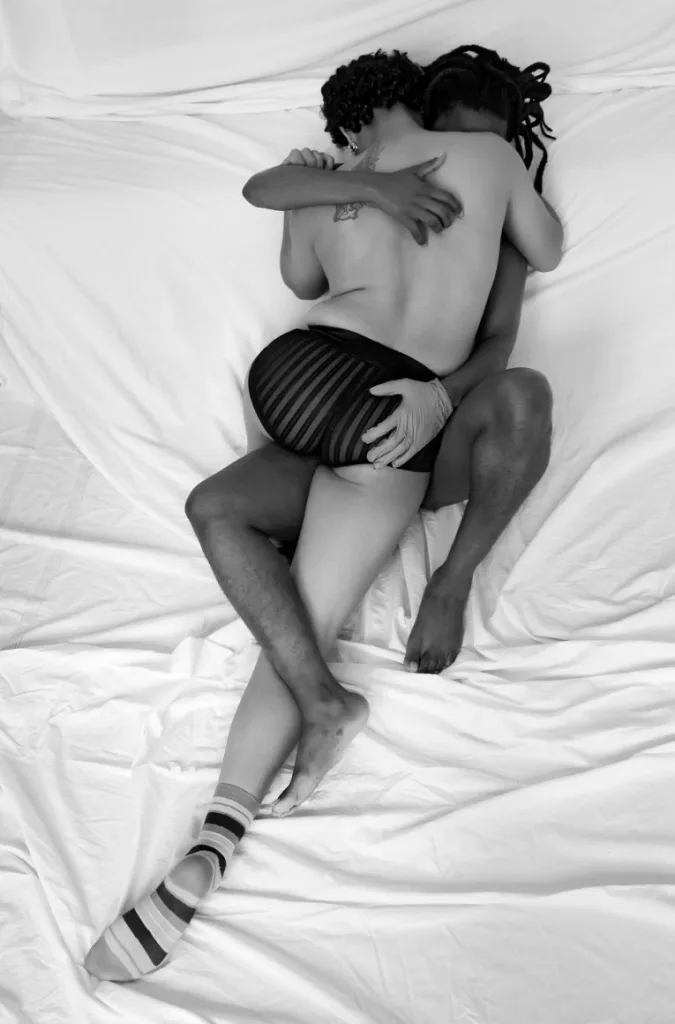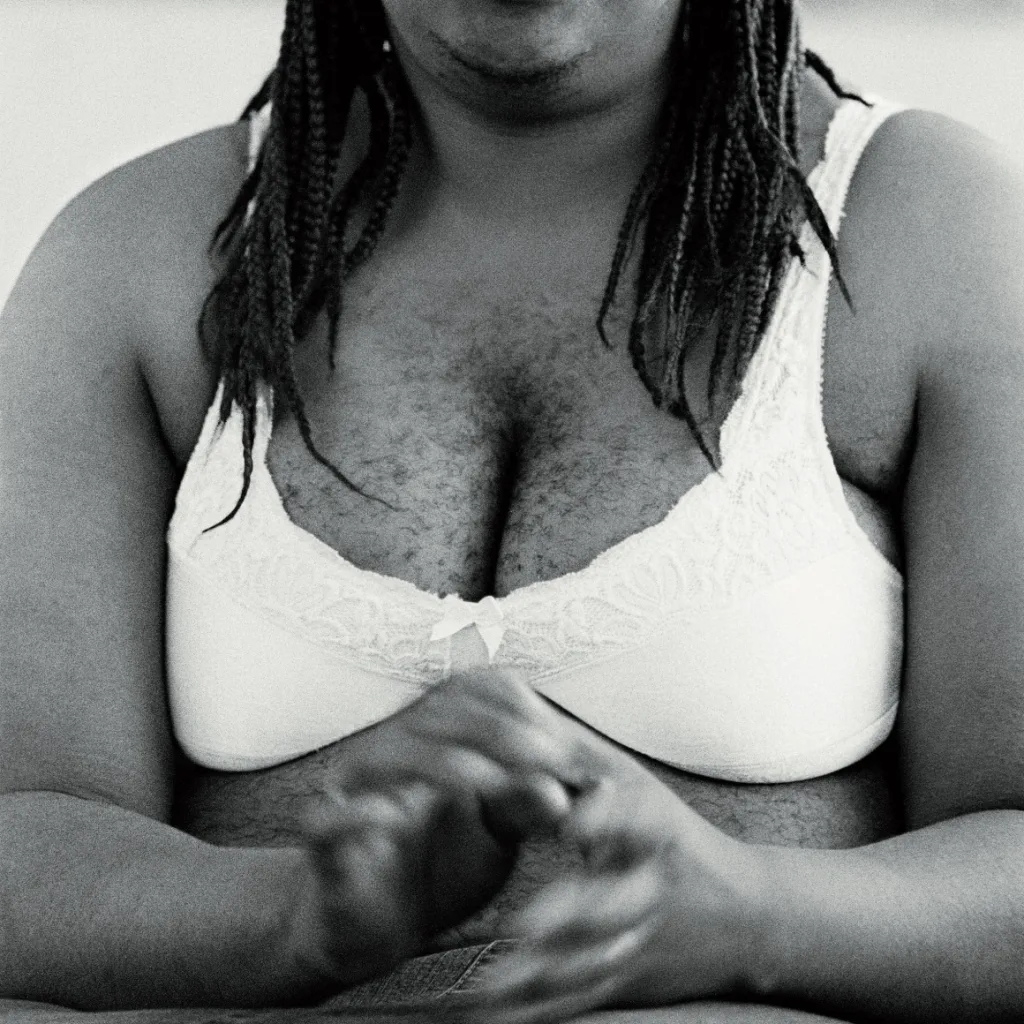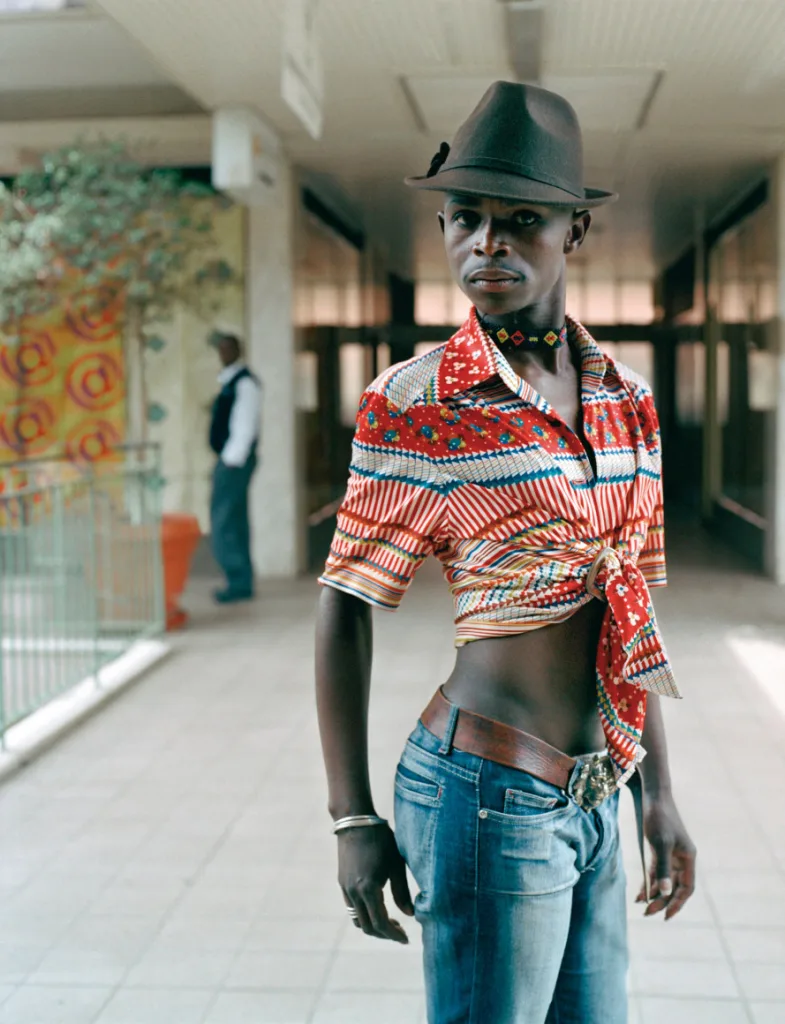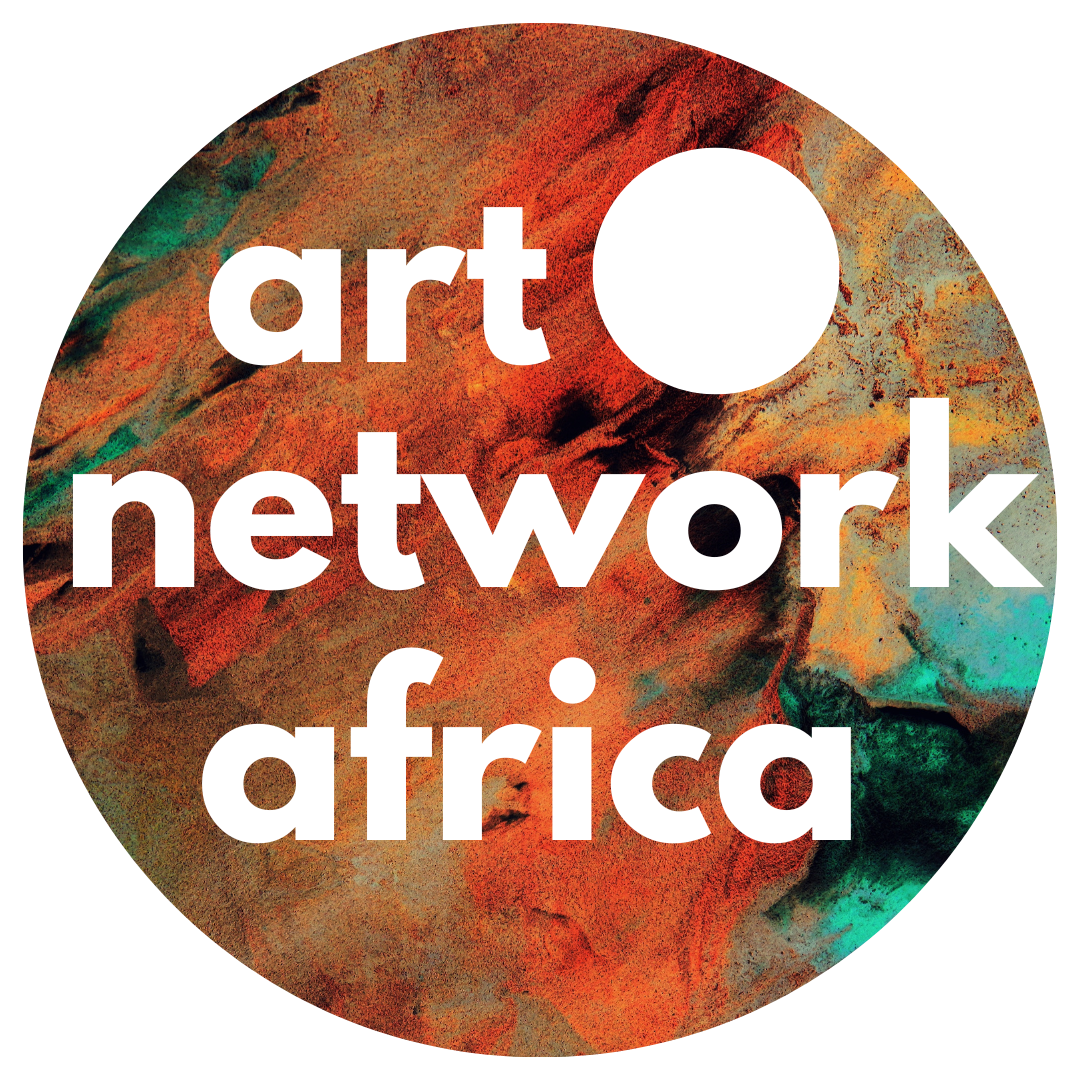Yancey Richardson presents Sawubona, an exhibition bringing together work from five different series made between 2002–2013 by South African visual artist and activist Zanele Muholi. Their fifth exhibition with the gallery, Sawubona reveals both the historical depth and visual complexity of Muholi’s overarching project of empowering the Black LGBTQIA+ community in South Africa through a collaborative process of representation. Sawubona will also be the first gallery exhibition outside of Africa to feature their early work.
For more than twenty years Muholi has studied the diverse and ever-evolving nature of Black, queer life in South Africa, specifically through a group of projects centered around intimate and disarming forms of portraiture. These early projects are titledOnly Half the Picture (2002-2006), Being (2006), Beulahs (2006), Faces and Phases (2006–ongoing) and Miss Lesbian (2009). Each project seeks to empower Muholi’s participants and by extension the queer community at large, with images defined by affirmation, dignity and joy rather than struggle, tragedy or trauma.

Muholi’s first project, Only Half the Picture, grew out of their work with the Forum for the Empowerment of Women, which works with survivors of hate crimes living across South Africa, as co-founded by Muholi in 2002. Rather than emphasise the visceral details that would attest to the suffering endured by each participant (a term Muholi uses in place of “subject”), these photographs instead show fragments of bodies at rest or in repose and faces that are contemplative rather than vindictive. Muholi often isolates body parts and garments, creating pictures that complicate whatever normative assumptions about gender and identity we may hold.
Muholi developed the challenge to stereotypical and queerphobic representations further with Being and Beulahs, respectively. For the former, they made portraits of queer couples in intimate and domestic settings while the latter covered portraits of queer couples in casual and public spaces. Each photograph demonstrates the bond of love between two people regardless of personal difference or public challenge. In the Miss Lesbian series, Muholi used the conventions of pageantry as the aesthetic and conceptual framework to critique social definitions of beauty and success. These self-portraits take the staging and presentation used by beauty pageants as a pretext for exploring how they have historically expressed gender as a social construct and how that has defined what “success” or “acceptance” so often looks like.

Muholi’s project Faces and Phases is a vast collective portrait that both commemorates and archives the lives of Black LGBTQIA+ people in South Africa. Many of these portraits are the result of long and sustained relationships and collaboration, as Muholi often returns to photograph the same person over time. In the title, “Faces” refers to the person being photographed, while “Phases” can signify the transition from one stage of sexuality or gender expression to another, while also marking the changes to the participants’ daily lives. Sawubona opened on the 17th of April and will run until the 23rd of May 2025 at Yancey Richardson, New York.



